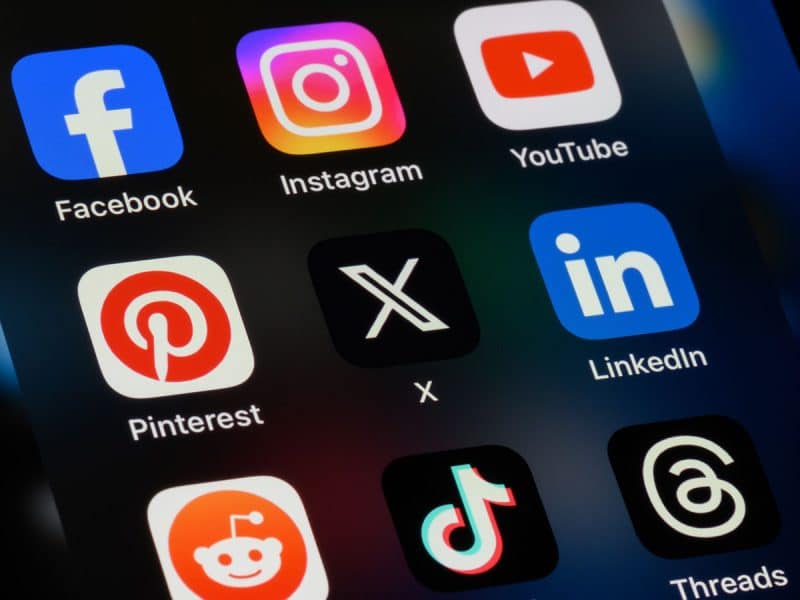Billions of people from around the world come to YouTube for every reason imaginable. Whether you’re looking to watch a hard-to-find concert, or planning to learn a new skill, YouTube connects viewers with an incredible array of diverse content and voices. But none of this would be possible without our commitment to protect our community — this core tenet drives all of our systems and underpins every aspect of our products.

Catching new misinformation before it goes viral
For a number of years, the misinformation landscape online was dominated by a few main narratives – think 9/11 truthers, moon landing conspiracy theorists, and flat earthers. These long-standing conspiracy theories built up an archive of content. As a result, we were able to train our machine learning systems to reduce recommendations of those videos and other similar ones based on patterns in that type of content. But increasingly, a completely new narrative can quickly crop up and gain views. Or, narratives can slide from one topic to another—for example, some general wellness content can lead to vaccine hesitancy. Each narrative can also look and propagate differently, and at times, even be hyperlocal.
“We’re looking to leverage an even more targeted mix of classifiers, keywords in additional languages, and information from regional analysts to identify narratives our main classifier doesn’t catch.”
blog.youtube
The cross-platform problem: addressing shares of misinformation
Another challenge is the spread of borderline videos outside of YouTube – these are videos that don’t quite cross the line of our policies for removal but that we don’t necessarily want to recommend to people. We’ve overhauled our recommendation systems to lower consumption of borderline content that comes from our recommendations significantly below 1%. But even if we aren’t recommending a certain borderline video, it may still get views through other websites that link to or embed a YouTube video.
“We need to be careful to balance limiting the spread of potentially harmful misinformation, while allowing space for discussion of and education about sensitive and controversial topics.”
blog.youtube
Ramping up misinformation efforts work around the world
Beyond growing our teams with even more people who understand the regional nuances entwined with misinformation, we’re exploring further investments in partnerships with experts and non-governmental organizations around the world. Also, similar to our approach with new viral topics, we’re working on ways to update models more often in order to catch hyperlocal misinformation, with capability to support local languages.
Follow @itp.live for more such news.




